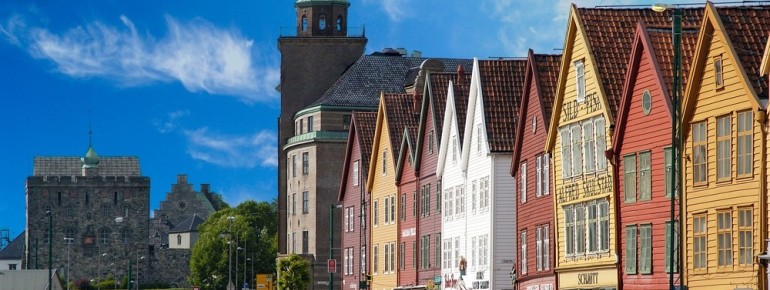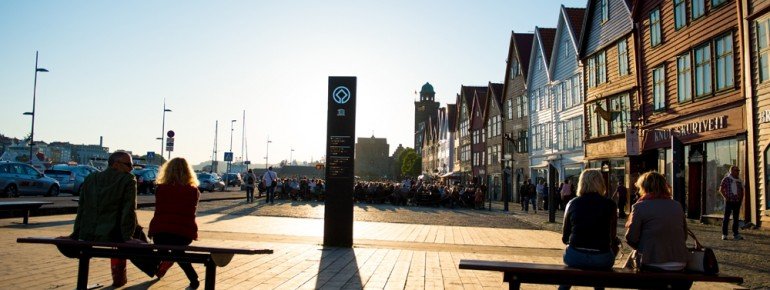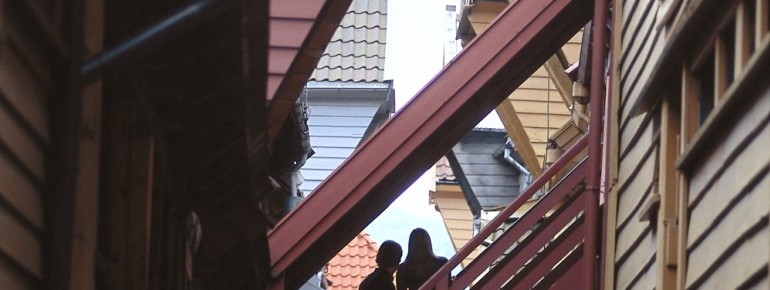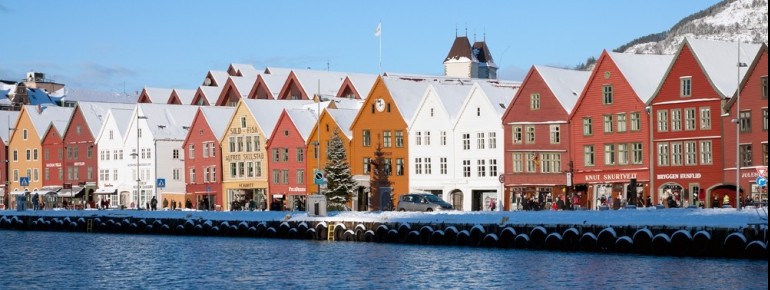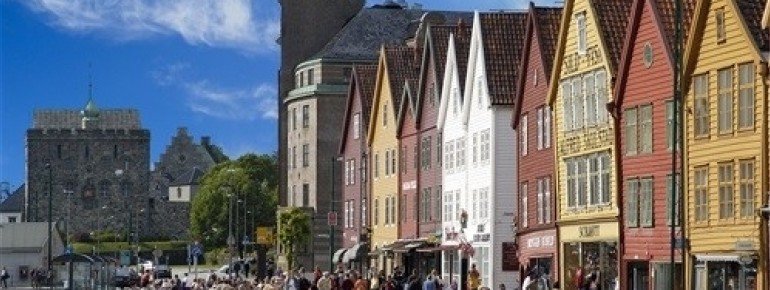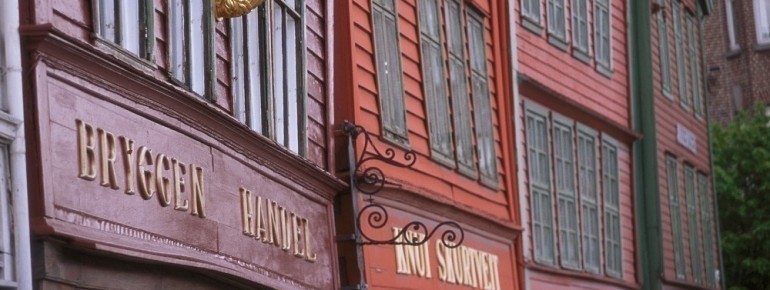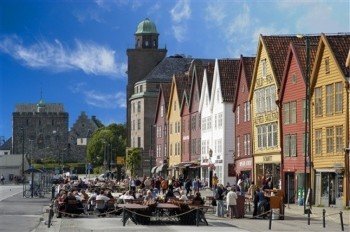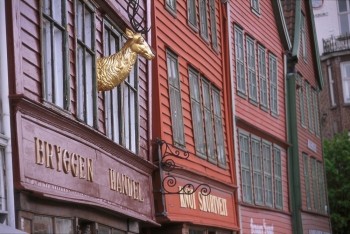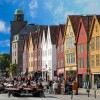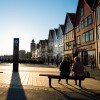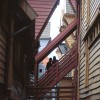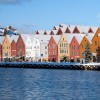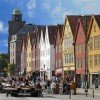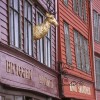Contents
Description
For many centuries, Bryggen, Bergen's oldest settlement and one of Norway's most famous medieval districts, has been the vibrant center of the city. The district, designated a UNESCO World Heritage Site, consists of remains of the old settlement along the harbor basin. The unique wooden architecture and colorful facades of the warehouses and gables particularly define the image of the district. Those who walk through the old, historically significant and narrow alleys still experience bustling activity there today. Because Bryggen is not a museum, but a daily-used cultural monument. The 61 listed buildings in the historic district house shops, art studios, craft businesses, restaurants and offices. Bryggen, which has been considered Bergen's lifeline since the Middle Ages, is today one of the city's most popular tourist attractions.
Foreign trading post and Hanseatic trading quarter
In 1360, the Hanseatic League merchants, traders in the German Hanseatic League, established a foreign trading post on Bryggen. From there they dominated the district for almost 400 years, controlled trade and managed imports and exports. The old quay facility in Bergen still bears witness today to the city's importance during the Hanseatic era from the 14th to the mid-16th century. The old trading quarter of Bryggen is nowadays the only preserved commercial district from the Hanseatic period and has been protected by UNESCO.
Numerous fires over time
Over the years, Bryggen's wooden houses have been hit by numerous fires. In 1702, a great fire reduced the entire city to rubble and ashes, and in 1955 a fire also devastated the characteristic houses. However, Bryggen was always rebuilt. The old construction method was always maintained, which is why Bryggen's profile, untouched by the passage of time, is still the same as in the 12th century. Thus Bryggen is a relic of the urban structure that once predominated throughout Northern Europe.
Bryggens Museum and Hanseatic Museum
In addition to the district itself, visitors can visit the Bryggens Museum as well as the Hanseatic Museum in Bergen. Both museums are located in the district and bear witness to its history. The cultural-historical Bryggens Museum displays numerous excavations from medieval Bryggen, such as remains of the city's oldest settlement (12th century), European ceramics or runic inscriptions. In the Hanseatic Museum, which opened in 1872, you can get an impression of the trade and living conditions of the Hanseatic merchants who conducted trade in stockfish and grain from their trading post in Bergen between 1350 and 1750.
Guided tours through the historic district are also offered.
How to get there
Bryggen is located directly in Bergen's city center. You can reach it in a few minutes on foot from the fish market.
By public transport:
Those who wish can travel to Bergen by train. The train station is about 800 meters from the Bryggen district. You can also travel to Bergen by ferry, for example from Hirtshals in Denmark or Stavanger in Norway. The landing stage is about one kilometer from Bryggen.
By car:
Those arriving by car can drive to Bergen via the major roads E16, E39 and 555. From these you can drive into the center via the 585, where you should look for a parking space.

